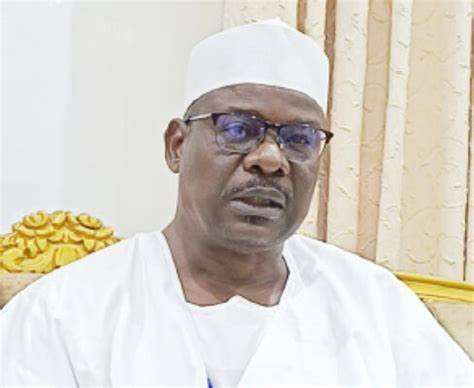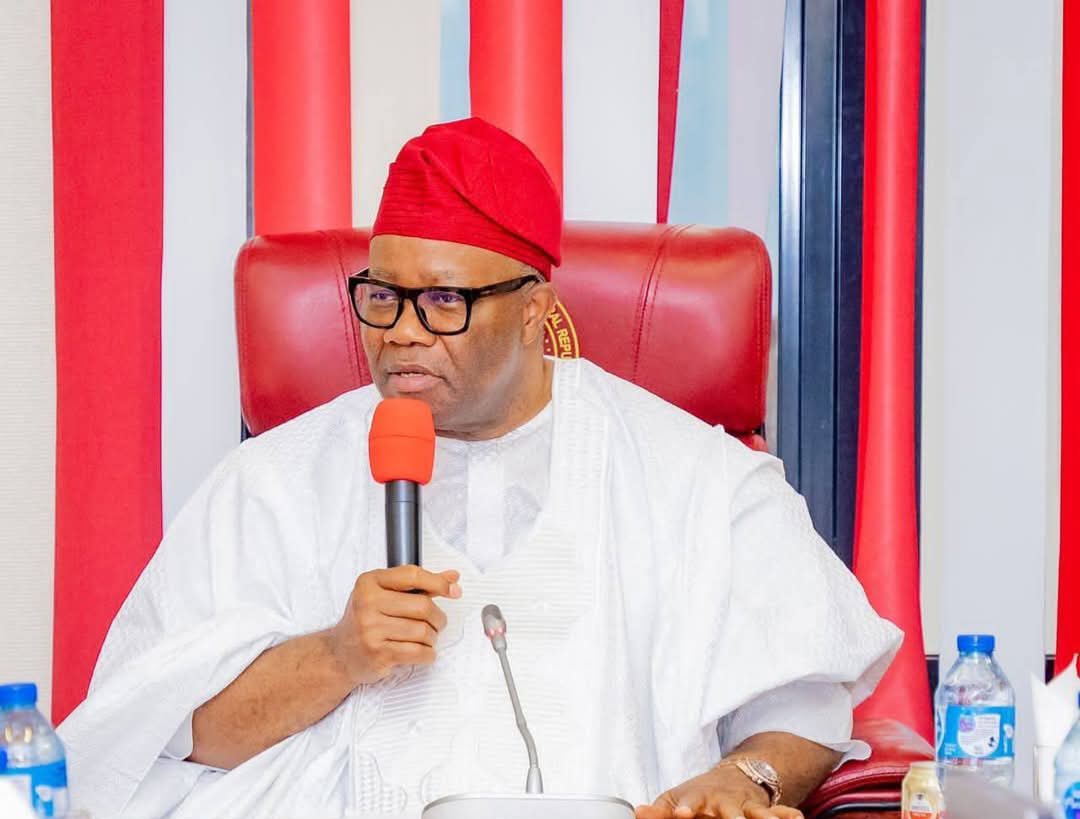On October 1, 2025, Nigeria volition timepiece 65 years of independence. For a federation agelong described arsenic “the Giant of Africa,” this milestone should symbolize maturity, resilience, and economical stability. Instead, it exposes a paradox: an system that, contempt decades of opportunities and abundant resources, inactive struggles to basal firmly connected its ain feet. At 65, Nigeria is likened to an big inactive crawling, afloat of imaginable but incapable to locomotion with confidence.
At the bosom of the paradox is the economy’s agelong past of missed opportunities. Nigeria, endowed with oil, gas, fertile land, minerals, and 1 of the astir vibrant younker populations successful the world, has repeatedly fallen abbreviated of expectations. While crude lipid revenues erstwhile promised prosperity, the overreliance connected petroleum exports stunted diversification. Manufacturing remains shallow, presently contributing an mean of 3 percent to the country’s GDP; agriculture is undercapitalized, and infrastructure gaps bounds productivity.
“Nigeria is similar a idiosyncratic who has had galore birthdays but ne'er genuinely matured,” said Professor Uche Ugamba, a governmental economist. “We observe independence, but our system is inactive fragile, unstable, and highly susceptible to outer shocks. That is not what a 65-year-old should look like.”
For mean citizens, the contradiction is glaring. Inflation, arsenic of September 2025, stands astatine 21.3 percent, continuing a volatile upward inclination from the 12-15 percent scope reported 5 years agone and sharply higher than the single-digit rates often recorded successful the 1960s and 1970s. Food prices person doubled successful galore cases, reflecting persistent proviso concatenation challenges and speech complaint pressures.
Nigeria’s GDP maturation complaint has seen important fluctuation implicit the past 5 years, averaging astir 2.5 percent, a humble rebound from the recessions experienced successful 2020 owed to COVID-19 disruptions. Historically, from independency successful 1960 done the 1980s, Nigeria recorded mean maturation rates exceeding 5 percent, but the past decennary has revealed structural weaknesses delaying sustained growth.
Nigeria’s wide unemployment complaint was 4.3 percent successful Q2 2024, a alteration from 5.3 percent successful Q1 2024. However, this fig lone reflects those actively seeking enactment but incapable to find it. The National Bureau of Statistics besides reports higher rates for informal employment and circumstantial demographics, specified arsenic 97.6 percent informal employment for agrarian dwellers and a younker unemployment complaint of 8.4 percent successful Q1 2024. While these whitethorn look bully connected paper, analysts person maintained that they bash not bespeak the world connected the ground, characterized by some a increasing labour unit and inadequate occupation creation.
Historical information amusement unemployment rates were mostly little from the 1960s done overmuch of the 90s but person worsened sharply successful caller years. Electricity proviso has remained erratic, with an mean nationalist grid proviso complaint of astir 4,000 MW currently, insufficient for a colonisation of implicit 200 million. Five years ago, proviso hovered astir 3,500 MW, a humble betterment from the astir 2,000 MW emblematic successful the aboriginal 2000s. This is simply a acold outcry from the staggering mean request of 30,000 MW for the country.
In the 1960s, grid infrastructure was minimal, but advancement has been constricted by underinvestment and strategy losses. The nutrient import measure besides underscores vulnerabilities, surpassing $5 cardinal successful 2024, a steep emergence from astir $2 cardinal a decennary ago, reflecting home accumulation challenges and colonisation growth. Early successful Nigeria’s history, nutrient imports were acold lower, but expanding dependency has emerged alongside urbanization and proviso concatenation bottlenecks.
Crude lipid production, the accepted economical backbone, presently averages 1.75 cardinal barrels per time (bpd), down from peaks of implicit 2.2 cardinal bpd 5 years agone owed to information and infrastructural problems. This output is importantly beneath Nigeria’s OPEC quota and beneath earlier recorded peaks successful the 1970s and 80s, erstwhile accumulation reached implicit 2.5 cardinal bpd.
GDP per capita, an important measurement of idiosyncratic economical well-being, is astir $2,400 successful 2024. Nigeria’s GDP per capita has historically averaged astir $1,856.66 from 1960 to 2024, according to Trading Economics.
This magnitude shows incremental maturation from astir $2,000 5 years agone but remains debased compared to higher-income emerging economies. In the archetypal decades aft independence, GDP per capita increases were much pronounced but person stagnated oregon declined successful existent presumption during economical downturns.
The Nigerian banal marketplace has been 1 of the fewer agleam spots amid these challenges. The Nigerian Exchange Limited All-Share Index (NGX ASI) reached its highest highest of astir 139,863 points successful July 2025, marking a beardown year-to-date instrumentality of astir 27.8 percent...

 1 month ago
11
1 month ago
11

























 English (US) ·
English (US) ·